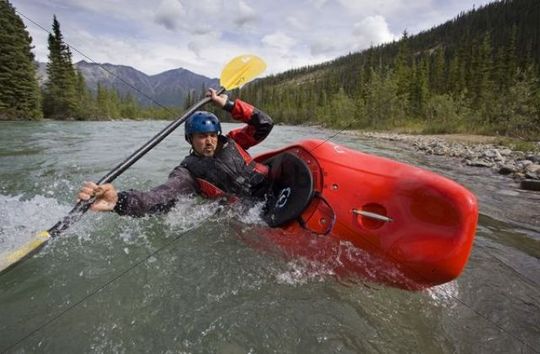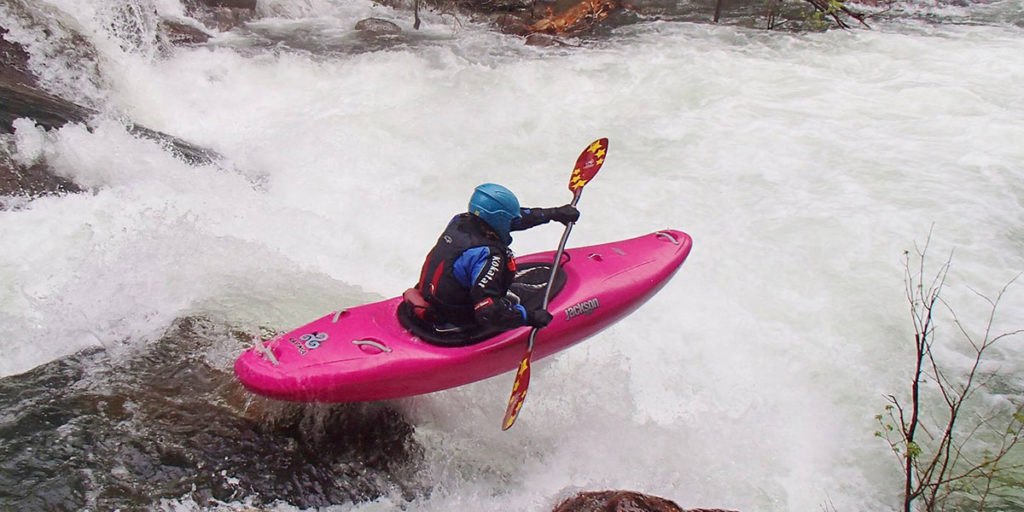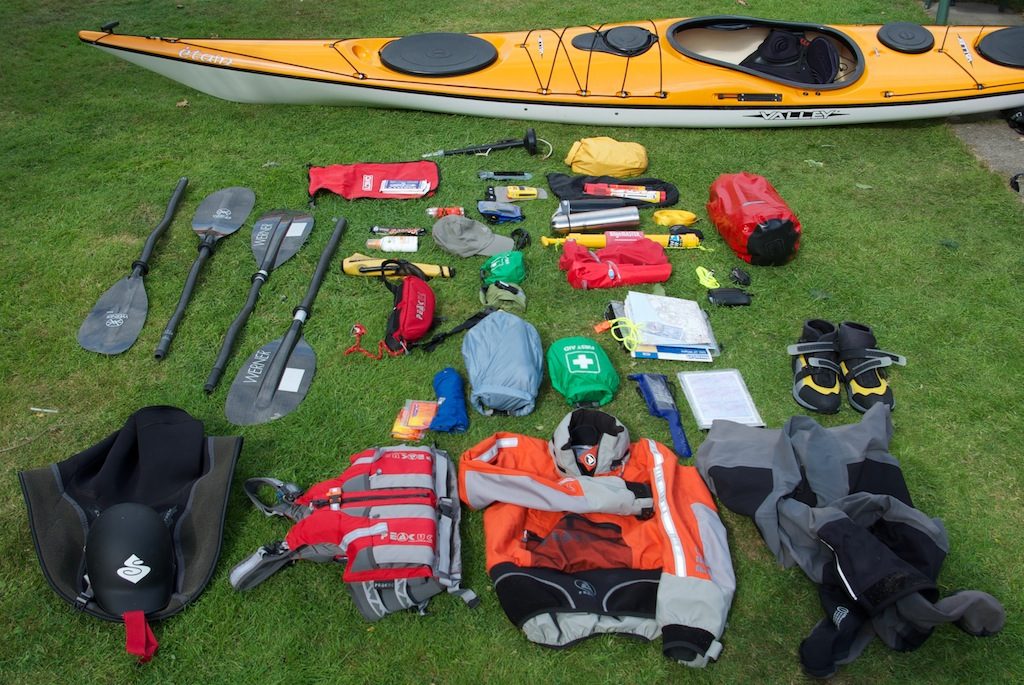Kayaking is fairly easy to learn, but whitewater kayaking is definitely a more challenging activity. Paddling a kayak on a whitewater river can be dangerous, and occasionally deadly, which is why it’s important to be prepared and have the appropriate training.
Even fairly experienced kayakers should consider taking a class or lessons before heading out on the water. A good class or training program will teach you some of the basic moves, like the ones below.
White Water Kayaking Moves You Should Learn Before Heading Out On The Water:
1. Paddle Strokes
Learning how to maneuver a kayak through the water is incredibly important. There are a variety of strokes to master and these will be taught in a white water rafting class. The primary stroke is, of course, the forward stroke. This is the basic stroke that propels the kayak forward through the water.
White water kayaking involves specific strokes, which include low and high brace. The low brace is a slight variation of the typical ready position in kayaking and helps to prevent it from flipping in whitewaters. The high brace is used when a paddler is about to flip over so they can help to right the kayak.
The forward and back sweeps are also important kayaking paddle strokes. The forward streak is a paddle stroke that will allow the kayaker to turn the boat rapidly. Mastering this move is important, as maneuvering rapidly will keep the kayak from being flipped or caught in a hole. Similarly, the back sweet is the reverse of this move and also used to turn the boat.
2. Rolling Prevention And Aftermath
Any class in whitewater kayaking will cover rolling, which is an essential skill. The class will teach a person who has flipped the kayak to regain the upright position. There are a variety of styles for rolling, and an instructor will cover which one works best for each scenario. A class on whitewater kayaking may even allow you to practice rolls in still water, like a swimming pool.
Finally, a kayaker who is unable to roll the boat successfully will have to exit the kayak and swim. While this is not ideal, a class will help by teaching you when it would be a good idea to continue with the roll, and when to exit the kayak.
While white water kayaking can be a safe and enjoyable hobby, it is dangerous for untrained individuals. This part of the instruction is incredibly important to know before setting out.
3. Boofing
This unusual word is unique to whitewater kayaking. It refers to raising the front or bow of the kayak during a freefall. This can happen when going down a waterfall or ducking behind a boulder.
The technique is used to prevent the front of the kayak from being submerged in the water and instead, making it land flat when reaching the bottom of the waterfall. Instruction on this technique may also cover a rock boof, which is a move that uses an impact with a rock at the top of a ledge to create a firm landing and prevent a head-first fall.
4. Additional Instructions
The type and length of the class may change how much detail is provided, although basic information should always be a part of the class. The information above should be included in a beginning whitewater kayaking class.
Instructors will also usually discuss the types of white water kayaks available and which ones are best for beginning and experienced kayakers.
The class will also cover the equipment needed. Of course, the kayak and paddles are the essentials. Paddles for whitewater kayaking vary and a class will teach the differences in paddle types and may provide the opportunity to try out a few paddle options.
Other equipment covered will include a life jacket, helmet, and spray deck or sprayskirt.There may be additional equipment recommended, but these are the basics needed to start whitewater kayaking. In a class, an instructor will cover why these items are important, as well as their use.
White Water Kayaking Basic Moves Conclusion
Whitewater kayaking is a fun and enjoyable activity, but it’s incredibly important to be prepared before setting out alone. A short class is a good idea and will provide some of the basic skills needed for kayak safely. Classes vary from a few hours to a few days. Choose one that covers these topics and make sure to learn the basics with confidence.



